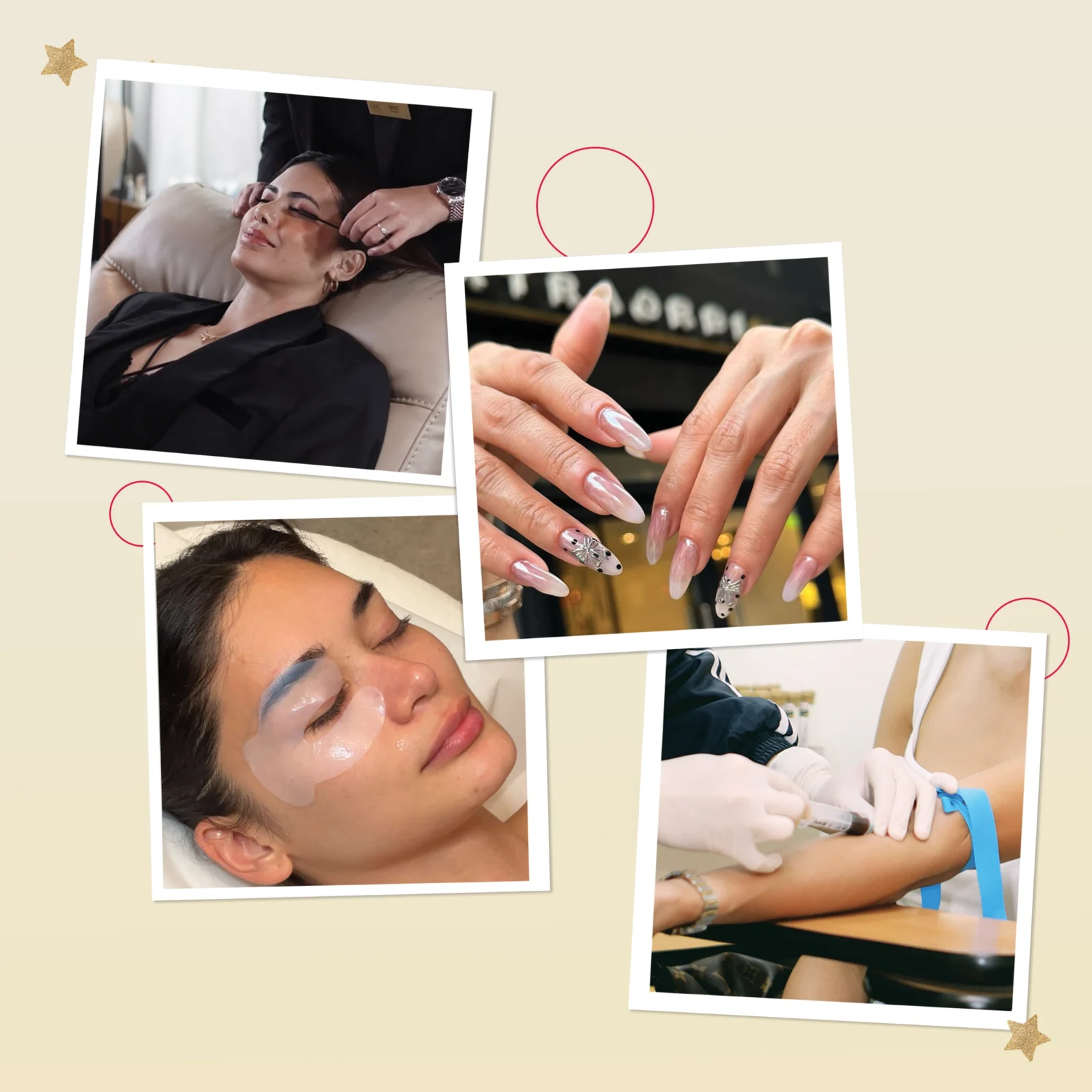Here’s How You Can Stop Biting Your Own Nails and Cuticles, According to Experts
Because short, brittle nails are the least of your worries if you’re not careful.
Sometimes it just feels right to bite your nails. In a moment of stress or severe boredom, nail-biting might give you a brief feeling of control before it gives way to stubby nails and regret. Maybe you don’t bite your nails all that much and opt to pick or chew at the soft skin around your nails instead, resulting in sore, bloody spots that take ages to heal. Maybe you do some combination of both.
We’re all well aware that doing those things is not the best for our nails and skin, despite the temporary sense of relief it can provide. But quitting the habit is way easier said than done, especially during a super stressful time.
Wouldn’t it be nice to rid yourself of that itching desire you have to reach for your own mouth and chew away? We asked experts for advice on how to stop chewing your own nails, and we won’t lie: It’s not easy to do, but it’s totally possible.
Why is it so satisfying to chew nails and cuticles to begin with?
Clinical psychologist Rebecca Berry, PhD, categorizes nail- and cuticle-biting as body-focused repetitive behaviors, or BFRBs, which refer to any repetitive self-directed behaviors that damage the skin, hair, or nails. “An individual may experience a range of emotions before and during a picking and biting episode including stress, anxiety, anger, and impatience, from which biting and chewing provide an immediate sense of relief or pleasure,” she explains. “Others may experience boredom or dissatisfaction and find that biting and chewing offer sensory stimulation and sometimes promote focus on a task.”
As she puts it, those temporary senses of relief and stimulation create a vicious cycle wherein we keep coming back for more. Psychologist and dermatologist Evan Rieder, MD, further explains that “people begin biting as a response to an emotional stimulus and then develop a behavior that happens automatically even in the absence of the stimulus.”
In other words, biting can be a psychological response to the emotions we’ve attached to it, and eventually, it becomes a downright reflex—that’s why it’s such a hard habit to kick.
What are the short- and long-term effects of nail-biting and cuticle chewing?
Get ready to hear some really gross stuff that might help you kick the habit alone. If you’re a consistent biter, you’re already well aware of its immediate side-effects like swelling, bleeding, and soreness. The effects that take place over time, however, are a lot scarier. “Long-term effects can actually include scarring, permanent discoloration, and chronic yeast infections in the skin,” says dermatologist Mona Gohara, MD.
As Rieder further explains, that discoloration is caused when nail-biting triggers a certain biological response. “Sometimes the pigment-making cells, melanocytes, in the nail matrix where the nail is formed are stimulated and thus can begin to make more pigment,” Rieder says. “Nails may develop brown stripes and patches and architectural abnormalities like ridges, spots of blood, and scale or crust.”
And those infections occur because the cuticles are there for your protection. “As our cuticles are our nails’ first line of defense, damage to our cuticles can result in infections around the nails,” says dermatologist Charlotte Birnbaum, MD. “In nail biters, we can see bacterial infections, herpesvirus infections, and easier spread of warts around nails.” That’s why, she explains, nail-biting can lead to permanent nail damage and even nail loss. Ouch.
How can I stop myself from chewing my nails or my cuticles?
As Birnbaum puts it, learning how to put mind over matter is the key to defeating a nail-biting habit. Berry would likely agree, as she says cognitive behavior therapy (CBT) is “the gold standard” when it comes to treating repetitive behaviors like nail-biting. Therapy does require the help of a mental health professional, but Berry outlines the key points of CBT which you can assess yourself at home.
“Initially, the therapist and client complete a thorough assessment of the problematic behaviors including thoughts, feelings, and behaviors prior to biting, during biting, and after biting,” she explains. “Next, work is done to establish sensory substitutes to be used at the site of pulling to help the individual meet the body’s needs in a different way and therefore not engage in the behavior.”
In other words, if you can identify the settings, feelings, and thoughts that make you want to feast on your own fingernails, you can figure out when you’ll need a stimulus to distract yourself from doing it. “For example, an individual who searches for a scab on their chest [to pick] might be instructed to touch Velcro or sandpaper to stimulate the fingertips with a nail brush or baby brush, again as a sensory substitute.”
If you know you bite your nails most when you get stressed about work, for example, keep something at your work station that can distract you from biting when that feeling strikes—Birnbaum recommends a squishy stress ball. Berry even recommends wearing “barriers” such as gloves, Band-Aids, or medical tape.

If you want to take things a step further, Birnbaum advises keeping your nails trimmed short so you’ve got less nail to chew on. To heal broken skin around the cuticles, slather a healing ointment like Aquaphor on the area.
Nail artist Gina Edwards adds that giving yourself “manicures with bright colors you love” is an excellent way to deter yourself from wanting to bite your nails. “Set nail goals for yourself, take images off social media of your dream nail, save the picture as your screen saver on your phone for a constant reminder of your nail goals,” she adds.
If your nail-biting issue continues and causes severe skin issues, consult a dermatologist in your area.
Latest Stories
You might also like
To provide a customized ad experience, we need to know if you are of legal age in your region.
By making a selection, you agree to our Terms & Conditions.







